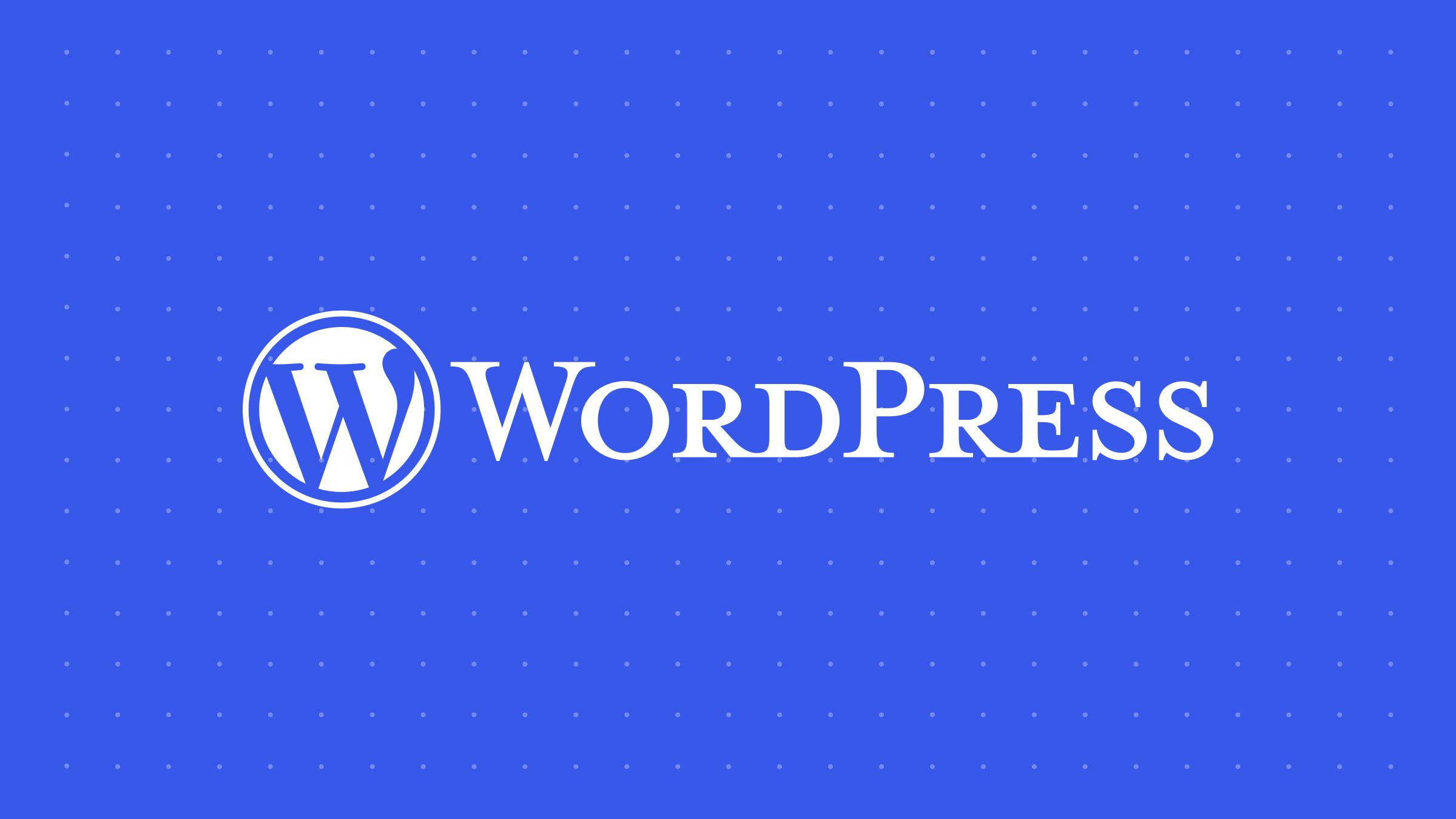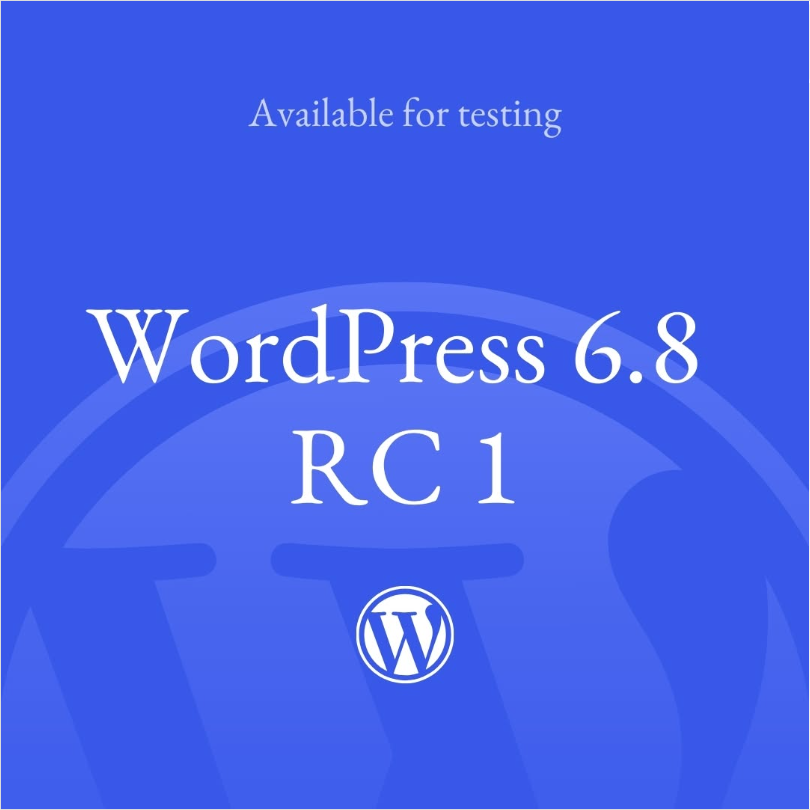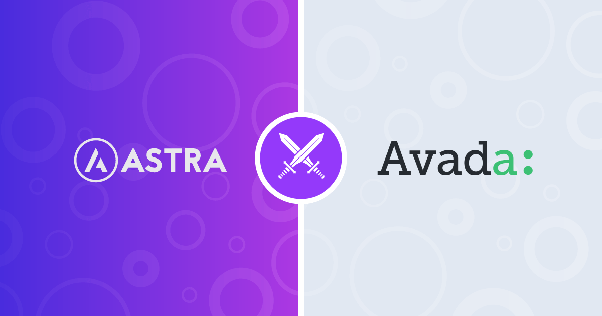More and more WordPress users are adding to their sitesrepositoryThis is a feature that improves the structure of your content, improves the reading experience, and improves your SEO performance. However, many webmasters are concerned about whether adding knowledge base functionality to WordPress will slow down the loading speed of their websites.
This article analyzes the actual impact of the WordPress knowledge base on load speed from the perspectives of plugin resources, page structure, number of requests and cache handling, and gives practical optimization suggestions.
![Images[1]-Does the WordPress Knowledge Base feature slow down websites? Impact Analysis and Optimization Suggestions](http://gqxi.cn/wp-content/uploads/2025/07/20250715094518923-image.png)
I. Main factors affecting the loading speed of the knowledge base functionality
The core of a knowledge base system is the structured presentation of content, and the performance impact does not come from the "knowledge base" itself, but depends on whether or not a large number of front-end resources are introduced, as well as the complexity of the page itself.
The following areas are common sources of impact:
1. Plug-in resources become more loaded
commonKnowledge Base Plugin(e.g. BetterDocs, Heroic KB, Echo KB) will load extra:
- CSS and JS Styles and Scripts
- Category, Search, Catalog Module
- Ajax or REST API interaction
If the plugin loads its resources on all pages of the site, the number of requests for the first load will increase significantly.
![Images[2]-Does the WordPress Knowledge Base feature slow down websites? Impact Analysis and Optimization Suggestions](http://gqxi.cn/wp-content/uploads/2025/07/20250715094701289-image.png)
2. More complex page structure
Knowledge base pages usually have a multi-column layout, for example:
- The left column is categorizednavigator
- The center column is the list of documents or the body of the document
- Right column displays catalogs, related articles or testimonials
![Images[3]-Does the WordPress Knowledge Base feature slow down websites? Impact Analysis and Optimization Suggestions](http://gqxi.cn/wp-content/uploads/2025/07/20250715092538345-image-edited.png)
This structure is more complex than a regular blog post, with the front-end needing to render more DOM elements and potentially triggering more database calls.
3. Additional queries from the search function
Many knowledge base plugins offerSearch functionSome are based on Ajax for instant retrieval, while others call on full-text database indexing.
![Images[4]-Does the WordPress Knowledge Base feature slow down websites? Impact Analysis and Optimization Suggestions](http://gqxi.cn/wp-content/uploads/2025/07/20250715095311758-image.png)
Frequent database requests can be burdensome when there is a lot of content or access.
4. Dynamic directories and breadcrumbing overheads
The catalog component in the document page and thebreadcrumb navigationGenerally generated dynamically at load time. They may involve JS rendering and article structure parsing, which consumes additional performance.
![Images[5]-Does the WordPress Knowledge Base feature slow down websites? Impact Analysis and Optimization Suggestions](http://gqxi.cn/wp-content/uploads/2025/07/20250715095550474-image.png)
II. Comparison of measured data
Take a site for example, before and after using the BetterDocs plugin, use the PageSpeed Insights and GTmetrix testing.
| Page Type | First load time | Number of requests | page volume |
|---|---|---|---|
| General Articles Page | 1.2 seconds | 28 times | 750 KB |
| Knowledge Base Page | 2.1 seconds | 44 times | 1.1 MB |
It can be seen that the knowledge base page has some delay in loading speed, mainly due to plugin scripts, more complex structure, component rendering and unoptimized resources.
However, these effects can be completely reduced to normal levels by means of performance optimization.
III. Measures to reduce the burden of loading the knowledge base
1. Enabling the caching plug-in
The following caching plugins are recommended:
- LiteSpeed Cache (for LiteSpeed environments)
![Images[6]-Does the WordPress Knowledge Base feature slow down websites? Impact Analysis and Optimization Suggestions](http://gqxi.cn/wp-content/uploads/2025/07/20250715095621936-image.png)
- WP Rocket (paid)
![Image [7] - Does the WordPress Knowledge Base feature slow down websites? Impact Analysis and Optimization Suggestions](http://gqxi.cn/wp-content/uploads/2025/07/20250715095638228-image.png)
- W3 Total Cache / WP Super Cache (free)
![Image [8] - Does the WordPress Knowledge Base feature slow down websites? Impact Analysis and Optimization Suggestions](http://gqxi.cn/wp-content/uploads/2025/07/20250715095659601-image.png)
![Images[9]-Does the WordPress Knowledge Base feature slow down websites? Impact Analysis and Optimization Suggestions](http://gqxi.cn/wp-content/uploads/2025/07/20250715095800372-image.png)
Caching Knowledge Base pages can significantly reduce database and PHP requests.
2. Use of delayed loading techniques
Enable lazy loading for images and set delayed execution for scripts. Can be paired with PerfmattersIt is implemented in the Flying Scripts plugin.
This speeds up the rendering of the first screen and reduces the initial page weight.
![Images[10]-Does the WordPress Knowledge Base feature slow down websites? Impact Analysis and Optimization Suggestions](http://gqxi.cn/wp-content/uploads/2025/07/20250715100001836-image.png)
3. Closing unnecessary modules
In the BetterDocs setting, you can turn off such as:
- Ajax Real-Time Search
- Page Feedback Module
- Breadcrumb navigation (if not needed)
This reduces the number of requests and rendering operations and helps to simplify the page structure.
4. Control the number of displays per page
It is recommended to control each page of the knowledge base within 6-10 documents to avoid loading too much content at once. Paging mechanism can be enabled to improve performance.
![Image [11] - Does the WordPress Knowledge Base feature slow down websites? Impact Analysis and Optimization Suggestions](http://gqxi.cn/wp-content/uploads/2025/07/20250715102413266-image.png)
5. Enabling CDN acceleration
Host images, CSS, and JS static resources to the CDN Significantly relieves pressure on the main server and reduces load times for users worldwide.
IV. Trade-offs between loading performance and content structure
While the knowledge base page structure is more complex and loads more resources than a regular article, it also brings positive changes in many ways:
- Content is easier to organize and maintain
- Lower page bounce rate
- Better layout of internal links
- Clearer reading logic
These changes will help sites build content value over time and improve overall search performance and sense of professionalism.
For technical blogs, product documentation sites, and enterprise service sites, the value of the knowledge base far exceeds its loading costs.
V. Summary
WordPress AddrepositoryAfter the function, the page structure and loading resources will increase, but as long as the control of module enablement, streamline the layout, and with caching and performance optimization tools, the overall performance can still be maintained within the ideal range.
It is recommended that after enabling the Knowledge Base plugin, you use tools such as PageSpeed Insights or GTmetrix to conduct a performance test on the page, and gradually adjust the settings based on the results, so that the Knowledge Base can enhance content organization while maintaining smooth access speed.
Link to this article:http://gqxi.cn/en/67274The article is copyrighted and must be reproduced with attribution.

























![Emoji[jingya]-Photonflux.com | Professional WordPress repair service, worldwide, rapid response](http://gqxi.cn/wp-content/themes/zibll/img/smilies/jingya.gif)






No comments